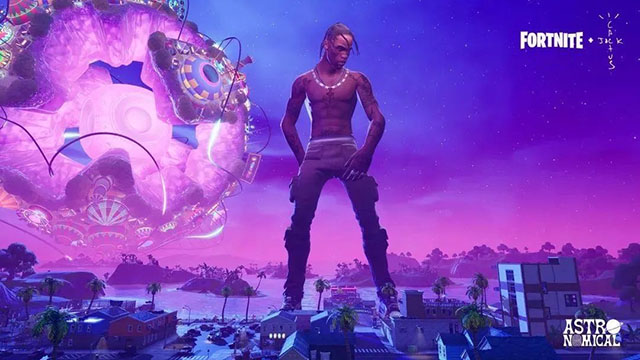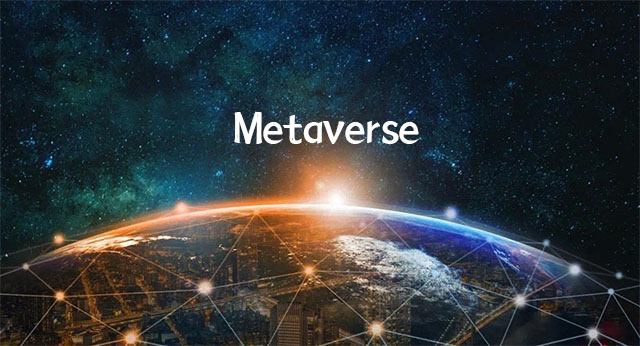NFT: The avatar of the metaverse
According to the description of American game creator JonRadoff, the 7 layers of elements to build the meta-universe from outside to inside (from shallow to deep) are experience, discovery, creator economy, spatial computing, decentralization, human-computer interaction and infrastructure in order.
The birth of metaverse needs to rely on the construction and improvement of several underlying technologies, including but not limited to chips, communication, VR/AR, AI, blockchain, etc.
On this basis, the meta-universe still needs to give users autonomy on the basis of providing games, social and app stores, build UGC platforms, and provide advertising networks, content distribution, intermediary and other systems for user-created content, providing users with multifaceted virtual experiences such as games, social, e-sports, theater, shopping, etc. #Metaverse
Blockchain is naturally adapted to the key application scenarios of the meta-universe based on its own technical characteristics. Blockchain has currently developed to the stage of non-homogenized pass-through (NFT), opening the era of digital content assetization.
NFT Industry Overview
NFT: non-fungibletoken (irreplaceable token) is "a cryptographic digital proof of interest structured on blockchain technology, which maps physical assets such as physical collectibles and virtual assets such as images, music, and game props".
NFT is a digital certificate of title issued based on blockchain technology, which gives it some of the same properties as a homogenized pass-through certificate (FT).
The process of NFT generation is shown in the figure below. The off-chain information includes image file data (stored in other cloud servers) and NFT metadata (including the name, time and attribute parameters of a certain image, similar to a "property certificate").
On-chain information includes hash algorithm and hash value, NFT, TokenURI (a digital file stored on the blockchain to locate the storage location). If the image metadata is chained, any changes made to the image can be traced.
NFT publisher is authorized by the creator to sign an agreement with the blockchain and pay it to complete the casting of NFT goods (the publisher can above their own chain, or have the NFT platform on the chain), the casting method includes derivative creation and original creation.
NFT purchasers obtain NFT by direct purchase, bidding or accepting airdrop, the blockchain records the transaction record and the record of transfer of ownership of NFT, NFT purchasers to pay the consideration in legal tender or virtual currency.
NFT's metadata and its transaction records are permanently stored on the blockchain once it is on the chain and cannot be tampered with or deleted, which ensures the authenticity of NFT.
In addition, based on the storage function of blockchain, digital content (digital illustration, photography, audio and video, etc.) can be traced back to information to achieve verifiability and ensure the actual ownership of the owner.
NFT was pioneered in the collection, artwork and gaming scenarios due to its own digital scarcity, a feature that is maintained to this day.
According to Statista, there was a short-term boom in NFT sales in 2018, followed by a bubbly trough with 2019, a slight recovery in the market in 2020, and the appearance of a hot NFT market again in 2021.
In the process, metaverse, artwork and game scenes have been increasing their share of total NFT sales: NFT provides revenue from sales or auctions for artists, as well as exclusive personalized assets (skins, avatars or costumes, etc.) for gamers in their games.
Main scenarios of NFT:
NFT Industry Chain
According to the industry research database, the NFT industry chain is divided into the infrastructure layer, the project creation layer and the derivative application layer.
Infrastructure layer
The upstream infrastructure layer provides the underlying technical foundation for minting and trading NFT, mainly covering the underlying public chain, side chain/Layer2, development tools, token standards, storage, and wallets.
In the infrastructure layer, according to the different degrees of decentralization, blockchain can be divided into public chain, private chain and alliance chain.
Project creation layer
The project creation layer is mainly for casting and distributing NFTs, involving project issuers and primary trading platforms, where content creators cast NFTs through underlying technologies and protocols and distribute them in the primary market to obtain revenue.
Digital collection is a form of application of NFT, and its future development has greater potential.
Digital collection is a unique digital credential generated by using blockchain technology, which refers to the unique digital credential generated by using blockchain technology, corresponding to specific works and artworks, to achieve authentic and credible digital distribution, purchase, collection and use on the basis of protecting its digital copyright.
Derivative application layer
The derivative application layer is mainly based on applications derived from NFT, including NFT secondary market, NFT trading data platform, NFT social platform, etc.; the derivative application layer mainly realizes through traffic and demand.
Related Article
-

Twitter's destiny, pointing to Web3?
-

What access reality activities are supported by the metaverse at this stage?
-

Metaverse: a coin still flipping in the air
-

What is the meta-universe? and the characteristics of the metaverse
-

Overview of the metaverse profile, some notes on the metaverse
-

AIGC fire and Apple glasses to be released soon catalytic meta-universe is about to have a high mome

